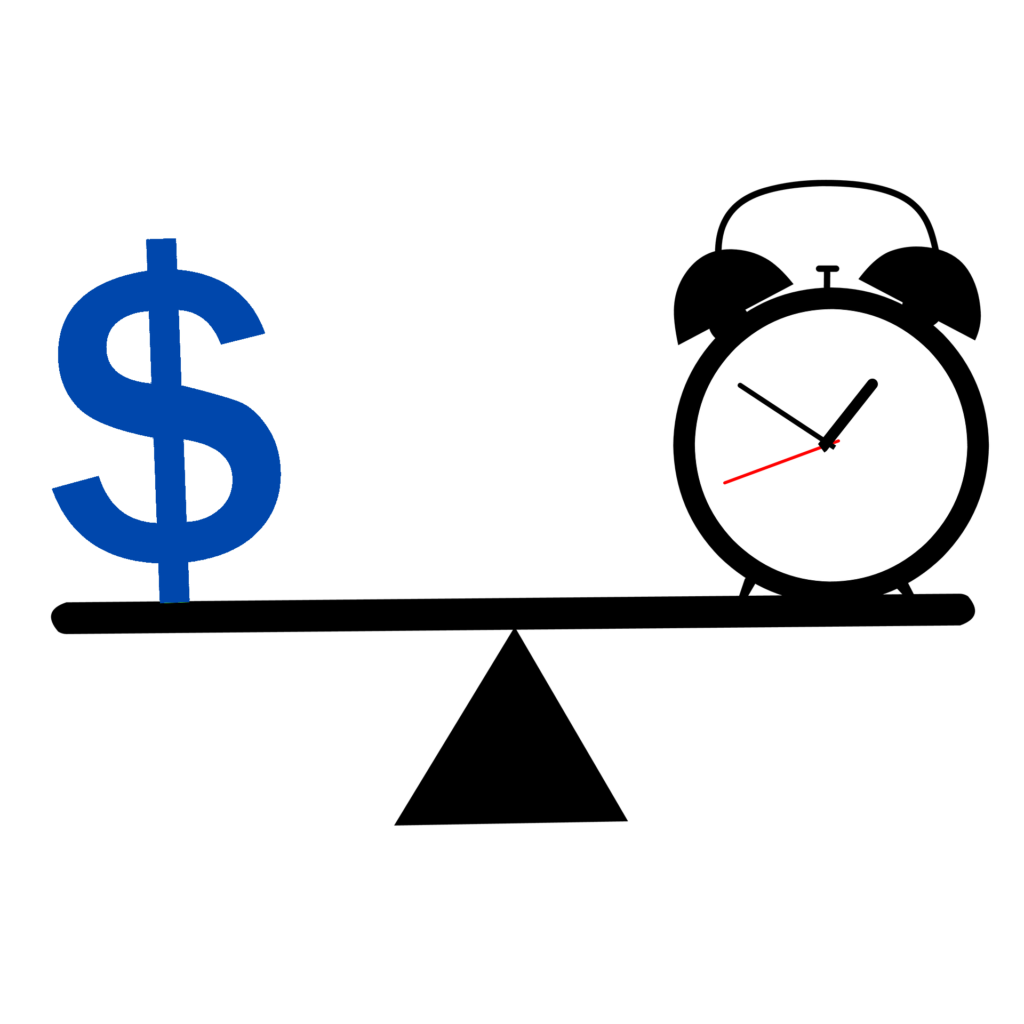March 8, 2021
Too many business activities and transactions require manual intervention still today. A clear majority of reporting between businesses or between businesses and public authorities requires at least partially paper-based documentation or PDF documents. Be it paper or PDF, both these formats make automated extraction of transactional data from the documents impossible and, therefore, further use of that data cumbersome.
The concept of Real-Time Economy (RTE) refers to an operational model, where all financial transactions are generated and documented automatically in a structured, standardized digital format and completed in real-time without further manual processing. RTE makes business processes simpler, faster, and more transparent, as every transaction is automatically logged and documented leaving no gaps in reports or audit trails.
 RTE processes use less resources than manual processes, and therefore help companies focus their efforts and investments into their main business activities that create value for their customers and owners. As the slogan on the Nordic Smart Government web site declares (NSG), RTE’s goal is to “make life simpler for the SMEs”. In its report from January 2018, Ernst & Young estimated that the value of making financial data available to Nordic SMEs is approximately 25-27 billion Euros yearly from 2027.
RTE processes use less resources than manual processes, and therefore help companies focus their efforts and investments into their main business activities that create value for their customers and owners. As the slogan on the Nordic Smart Government web site declares (NSG), RTE’s goal is to “make life simpler for the SMEs”. In its report from January 2018, Ernst & Young estimated that the value of making financial data available to Nordic SMEs is approximately 25-27 billion Euros yearly from 2027.
In the past years there have been several successful PoCs and pilots of RTE, but they have been local and focused on certain types of businesses and transactions. Typical implementation challenges are related to lack of widely agreed standards for eReceipts and other types of eDocuments as well as lack of common IT infrastructure needed in supporting national and especially cross-border transactions.
Single digital market in the Baltic Sea Region
DIMECC has been a partner in the EU-funded DIGINNO project aiming to speed up digitalization especially in public cross-border services (Government-to-Business, G2B) and supporting the creation of single digital market in the Baltic Sea Region. DIMECC was also responsible for leading one of DIGINNO’s showcases focusing on RTE.
During the work we identified several implementation challenges that significantly slow down the adoption of practical RTE solutions, like eReceipt:
- Without clearly articulated political will and supportive national regulation and legislation, it is very difficult to increase the use of RTE solutions and reach a critical mass of users in terms of countries, companies, and even individual people.
- Lack of cooperation between private RTE service partners means that individual implementations tend to be focused, fragmented, and local.
- Low number of integrations and frequent system updates from the service providers make it even more difficult to reach the critical mass.
- Without standardized solutions, integration of RTE tools into retailers’ cash registers and databases is complex and resource-intensive, and, therefore, also expensive.
- Private RTE service providers need viable, cost-effective business models in order to be able to conduct a profitable business.
EInvoice and eReceipt by 2023
The good news is that implementation of Real-Time Economy continues strongly at national level, and RTE is clearly on the governmental agendas in all BSR countries. Based on the joint roadmap built in the end of the DIGINNO project, it is anticipated that by 2023 both eInvoice and eReceipt have gained such a significant role and penetration in all BSR countries, that new RTE services and business models become a reality also in cross-border transactions.
Also, the Nordic countries have set ambitious targets to build a digital ecosystem where business data can flow automatically, safely and in real time both in B2B and G2B domains. On September 1, 2020, the Nordic Ministers of Economic Affairs approved the NSG roadmap to implement a real-time economy in the Nordic countries. This roadmap also corresponds to the objective of the Finnish Government Programme to make Finland a pioneer of the real-time economy (“3.4 Dynamic and thriving Finland”). The approval of the NSG roadmap gives a strong mandate to continue the Nordic collaboration in digitalizing financial administration. National RTE project led by the Ministry of Economic Affairs and Employment and the Finnish Patent and Registration Office (PRH) is still waiting for funding decisions to be able to pick up speed.
Marja Hamilo, Advisor, Digitalisation, Technology Industries of Finland
Risto Lehtinen, Head of Co-Creation, DIMECC Oy
More to read:
Nordic Smart Government (NSG) Project is a joint project of the Nordic Trade Registers and a number of other authorities, businesses and organizations. In addition to the Finnish Patent and Registration Office (PRH), participants from Finland include the Finnish Tax Administration, the State Treasury, and Statistics Finland.
https://www.prh.fi/en/uutislistaus/2020/P_21457.html
https://nordicsmartgovernment.org/sites/default/files/2020-09/NSG_Roadmap.pdf
RTE project (Finnish State Treasury): https://www.valtiokonttori.fi/en/service/real-time-economy/
Ernst & Young report on B2B Business Case for Nordic SMEs: https://nordicsmartgovernment.org/sites/default/files/2019-09/ey_-_business_case_for_nordic_smes.pdf
“Data-driven reporting – an essential component of real-time economy” webinar recording
